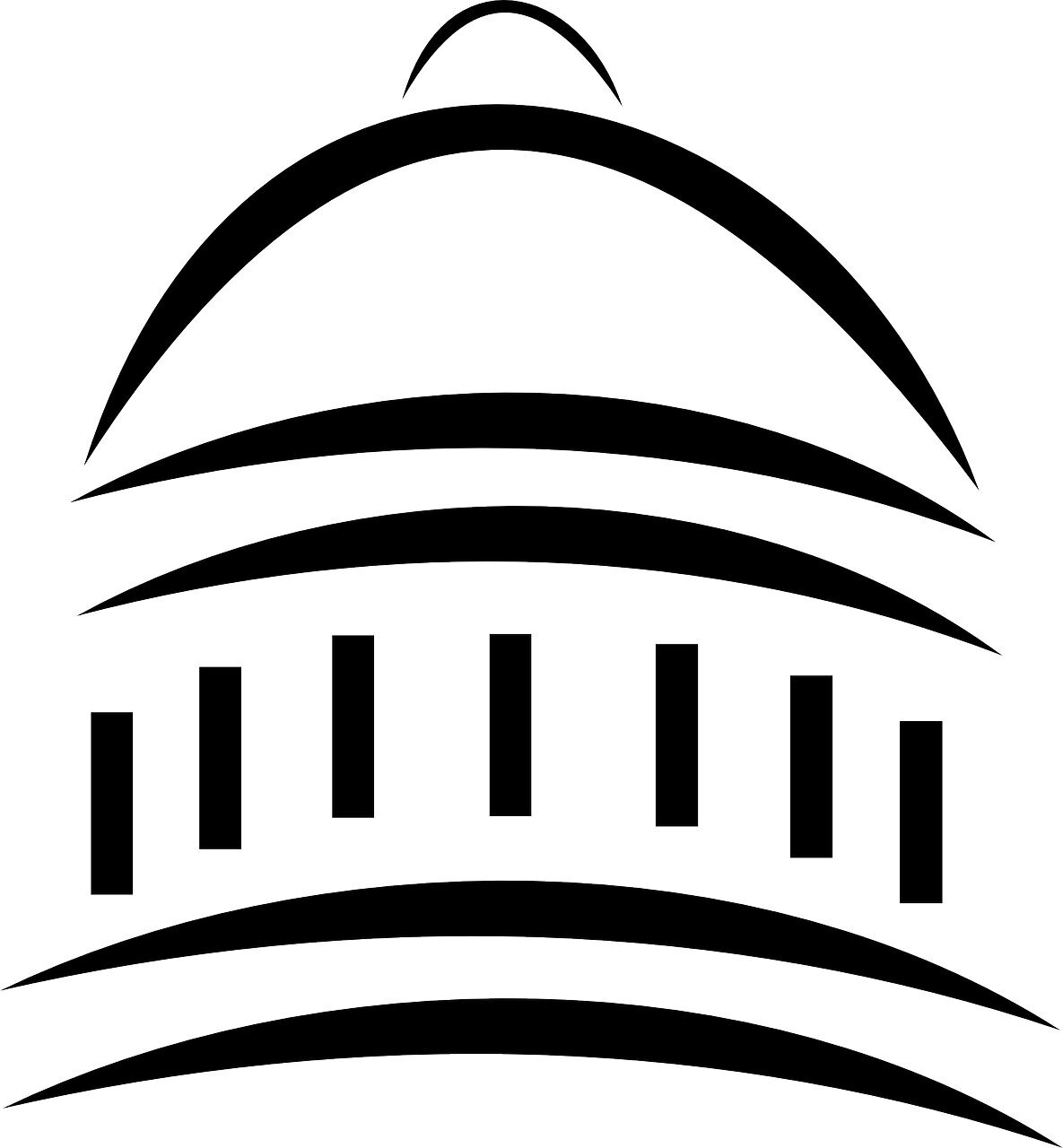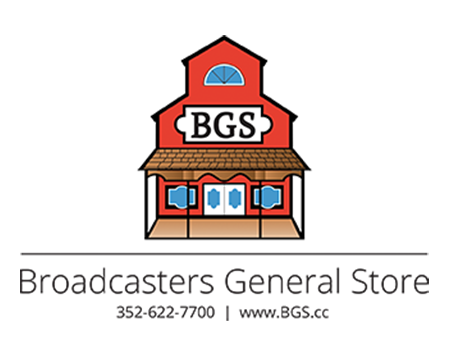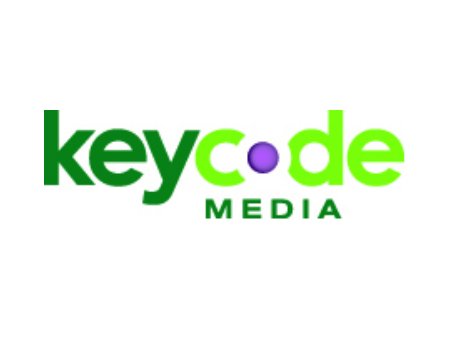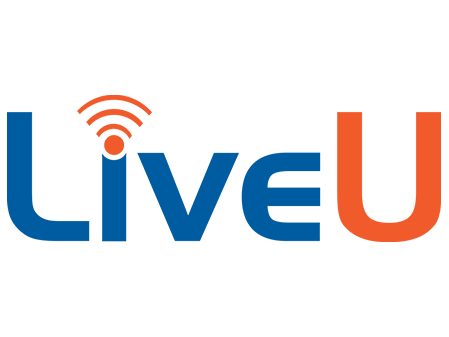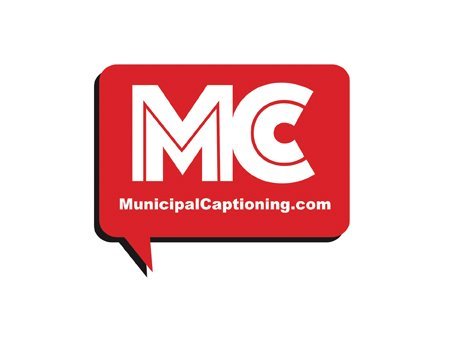Governor Evers signs revenue sharing bill!
June 20, 2023. Governor Evers has signed a package of revenue sharing provisions for municipalities that includes state aid to cover the reduction in the rate municipalities can assess video service providers. The aid will be fully funded for the next two years. See the Governor’s Office Press Release.
State aid to cover 1-point reduction in the VSP fee rate has passed both Houses!
June 16, 2023. The League of Wisconsin Municipalities has reported that Assembly Bill 245 passed both houses on June 14 and is now ready to be signed by Governor Tony Evers. The bill includes a package of revenue sharing provisions for municipalities and importantly for us, it includes full funding for the state aid that replaces the revenue municipalities lost when the legislature reduced the VSP fee rate that could be collected from Video Service Providers in the 2019 legislative session.
This means that our member cities will be able to continue to collect from state government the revenue they would otherwise have received from VSPs based on 2019 revenue. In order to do so however, municipal clerks need to fill out DOR Form SL-311. DOR has recently sent out notices to all municipal clerks to fill out this form by the deadline of August 15.
In all, this state aid provides $10 million to municipalities every year to make up for the 1 point reduction in VSP fees the legislature imposed.
WCM wants to thank the League of Wisconsin Municipalities for their work on this issue. Feel free to contact your legislator and thank them as well!
State Budget: Community programming needs the continuance of state aid that helps fund it
May 2, 2023. In 2019, the Wisconsin State Legislature reduced the fees cable companies pay to municipalities. Realizing this would be a huge $5 million loss for municipalities the first year and a $10 million loss every year after that (the fee reduction was phased in) the new law made up for it with state aid. WCM has written a letter to the Joint Committee on Finance, which develops the biennial budget for the State, asking that this state aid -- required by statute -- be included once again in the 2023 -2025 State Budget. We encourage you to email your legislator and say you support keeping this state aid in the budget -- you can simply attach WCM's letter. One way or another, this aid helps fund local community programming and its loss would be devastating. Thank you!
Good News for Community Television!
Governor signs budget that includes compensation for lost Video Service Provider Fees
July 8, 2021. Good news for community television! Governor Tony Evers signed the state budget this morning and it includes full state aid to recompense municipalities for the revenue they are losing due to the legislature’s reduction of the Video Service Provider (VSP) fee rate in the previous legislative session.
This state aid is a critical source of funding for community television and will be a source we can rely on in 2021 and 2022.
All state aid from 2021 forward will be based on 2019 VSP gross revenue and the VSP fee rate municipalities assessed that year. Municipalities can receive this state aid going forward if they:
1) Had applied for state aid with the Wisconsin Department of Revenue in August 2020. If a municipality did not apply in 2020, they are barred from receiving VSP state aid in the future;
2) Continue to assess a VSP fee (or have previously assessed a VSP fee before it was eliminated by the state law), and
3) Fill out a DOR Form annually by the August deadline. This year Form SL-311 must be filled out by municipal clerks by the deadline of August 16, 2021 to receive state aid in July 2022.
This year’s form is brief. It simply asks whether the municipality is assessing a VSP fee under Wis. Stats sec. 66.0420(7) and what the VSP rate was at the end of 2020 (this will be the state-mandated reduced rate). Since all future aid is based on 2019, the DOR Form does not ask for revenue numbers.
While this state aid is required in Wis. Stats 79.097, every other year it must go through the budget process to be included in the biennial state budget. Expect to remind legislators of the importance of this funding to community television every other year at budget time.
Joint Committee on Finance approves motion providing state aid to fully replace the lost revenue caused by a state-mandated reduction in the VSP Fee rate
June 18, 2021. WCM is very happy that the Joint Committee on Finance (JFC) chose yesterday to fully fund the state aid called for in the state statutes for the 2021 and 2022 years. This state aid replaces the revenue lost when the state legislature in the last budget reduced the Video Service Provider Fee (VSP Fee) cable companies and phone companies pay to municipalities. WCM lobbied the JFC to ensure our legislators understood the importance of this funding to cities and to community television in particular.
The JFC’s budget recommendations now go before the full Assembly and Senate.
An Omnibus Motion yesterday entitled "Shared Revenue and Tax Relief/Lottery Administration" included the Video Service Provider Fee Aid Payment as the first item on the list. The committee chose the alternative that would provide a "sum certain" GPR appropriation in state aid. In 2021 and in 2022, $10,008,200 is being set aside to fund the state aid called for in s.70.097.
Specifically, there was already an "existing sum certain GPR appropriation" amount set aside in the budget in the amount of $5 million. This nearly fully funded the $5,008,200 drop in revenue experienced in 2020. But municipal losses are going to double this year when the reduction in the fee rate doubles. So the JFC added another $5,008,200 to the base of $5 million in each of the coming two years to provide $10,008,200 in 2021 and $10,008,200 in 2022.
All state aid from 2021 forward is based on 2019 VSP revenue numbers. The amount of state aid going forward will not change.
There is no reason to believe this particular provision is in jeopardy anymore. WCM expects it will be included in the final budget passed by the legislature.
Bottom line, the JFC followed the law and we are thankful for it! A big thank you to everyone who wrote, called and sent resolutions. We made sure our legislators understood this issue and what was at stake.
WCM and municipalities urge the Joint Committee on Finance to fully fund state aid to cover lost fee revenue
May 3, 2021. WCM and its members are urging the state legislature to fully replace the revenue municipalities are losing due to a reduction in the fee rate municipalities can charge cable operators. The reduction was imposed on municipalities in the last state budget two years ago; the state aid formula to replace the lost revenue was included in the same provision.
While state statute 79.097 commits the state to providing municipalities with state aid to make up for the loss in revenue, another statute, however, governs how much funding is actually allocated to meet the state aid formula laid out in 79.097. That statute, s. 20.835 (1) (fa), still sets aside the amount that only worked for the first year’s reduction in the fee rate or $5 million. This needs to be increased to $10 million.
Funding for community television was designed by federal law to come out of the video service provider fees municipalities collect from cable TV operators. Any reduction in these fees will impact the ability of municipalities to support the production of local programming. The impact will not only affect what is seen on local cable access channels, but also on the programming viewed online through video-on-demand sites.
The executive director of Wisconsin Community Media, Mary Cardona, spoke before the Joint Committee on Finance at its virtual public hearing on April 28 and WCM member municipalities are writing letters and passing resolutions. If you would like to communicate with your legislator and need assistance please contact Mary Cardona at 608-215-5594 or at exec@wisconsincommunitymedia.com.
WCM supports the Governor’s Budget Proposal that ensures enough funds will be available to replace the lost revenue by making it a “sum sufficient” amount rather than a specific dollar figure.
In the 2019 budget process, the state legislature reduced the fee rate that cable companies pay in two equal steps over two years. As a result municipalities are losing twice the amount of revenue in the second year as they did in the first. The $5 million in state aid currently allocated in the state statute needs to be doubled to $10 million.
The video service provider fee percentage that municipalities collect is a matter dictated by local ordinance. A few municipalities were only collecting a fee of a half percent (0.5%). However, just over half were collecting a 5% fee (the amount allowed by federal law) and more than one-third were collecting a 3% fee on video service providers. The statute reduces a 5% fee to 4% and a 3% fee to 2%. The handful collecting a 1% fee or less now collect no fees from cable TV providers.
The Department of Revenue published a report on October 1, 2020, which lists how much each municipality can expect to receive based on the formula laid out in state statute 79.098. Municipalities across the state used these state aid figures during their local budgeting process last year. According to the report, 533 Wisconsin municipalities applied for the state aid. Cable television and telephone companies made $1 billion in gross revenues from the “cable TV” portion of their business (as distinct from broadband or telephone) in 2019. The 1% reduction in video service provider fees works out to a $10 million savings for the telephone and cable TV industries in the state and consequently a $10 million state aid package for municipalities.
State budget needs to cover the full amount of video service provider fee drop
April 2, 2021. The Governor’s budget proposal would ensure that municipalities receive enough revenue sharing to make up for the loss in revenue from Video Service Provider Fees that was caused when the legislature reduced the fee rate municipalities can charge cable operators.
Last session the Wisconsin Legislature passed a budget that reduced the video service provider (VSP) fees paid by cable operators to municipalities for the use of streets. Current law requires all VSP fees to be reduced in two steps over two years. In order to keep municipalities whole so they would not see a revenue dip, 2019 Act 9 provided for $5 million in the state budget to cover the loss. An additional $5 million in aid to municipalities is needed now to cover the second and last drop happening this year. Municipalities have already filed for revenue sharing and the exact amount needed in aid is known.
The Governor’s budget proposal (AB 68/ SB 111) would make cities whole by fully replacing the revenue municipalities lose this year — $10 million. Specifically, Section 501 of AB 68 would change state statute section 20.835 (1) (fa) to the “amounts in the schedule to make the state aid payments under state statute section 79.097 to a “sum sufficient’ amount. This would ensure that the amount needed to cover both the first and second rate drop is always in the budget.
The aid municipalities receive this year will also be the amount municipalities receive in succeeding years and is based on 2019 cable operator gross revenues. The State Department of Revenue is required to release the aid no later than the 4th Monday in July.
Tell your legislator to support this provision in the Governor’s budget! Video service provider fees are a key source of funding for community media centers and we want to be sure our municipalities continue to be “kept whole.” The change in law means that no municipality in Wisconsin is assessing a video service provider fee on cable TV gross revenues greater than 4% many are assessing lower amounts. The amount allowed by federal law is 5%.
Wisconsin DOR reports cable TV operators are paying $10 million less to local governments in 2021 due to a state-mandated fee reduction
October 13, 2020. The Wisconsin Department of Revenue has released its report on the amount of revenue sharing cities in Wisconsin will receive in 2021 to make up for the loss in fees paid by cable television operators.
As expected, the amount of revenue sharing municipalities receive in 2021 will be double the amount received in 2020 or $10 million as the state fully implements the reduction in fees on cable television operators. The fee reduction was done in two steps, with the second step in place for 2021. The full reduction means all fees are reduced by 1 point. For example, a 5% fee is now a 4% fee and a 3% fee is now a 2% fee.
Cable television operators or as they are called in Wisconsin law, “video service providers,” are licensed by the state to operate cable franchises. Fees that cities receive from video service providers for the use of public streets were reduced in the last state budget. To make up for the loss in revenue, the state instituted revenue sharing.
Federal law allows up to a 5% franchise fee on “video” gross revenues – the cable side of the business (not broadband). Due to the 2019 change in state law, Wisconsin now has a top ceiling of 4%. Just over half of Wisconsin’s cities are now collecting a 4% fee from video service providers and 36% now collect a 2% fee. The amount that a city collect in fees depends on what they collected prior to passage of a state franchise law in 2007 that ended local franchising.
Wisconsin Community Media believes the impact of the reduction in fees has hit Wisconsin municipalities unequally and is supporting legislation to correct this.
DOR reports: Municipalities receive a statewide subsidy of $5 million to make up for video service provider fee reduction
January 20, 2020. As expected, municipalities that applied for a subsidy with the Wisconsin Department of Revenue (WDOR) by the August 15 deadline to make up for the reduction in video service provider fees, will be receiving a total of $4,946,000 statewide. In all, 146 cities, 151 towns and 197 villages applied for revenue sharing that will be paid by the state by the end of July, 2020. To receive the subsidy again in 2021, municipalities will need to file with the WDOR by August 15, 2020. This subsidy will be twice as large as the last one, since the fee reduction doubles in 2021, and it will be the amount they receive going forward.
Video Service Provider fees can be an important source of funding for Public, Education, and Government Access TV Channels. “WCM was disappointed the legislature and Governor allowed the reduction to go through [in the 2019-2020 state budget],” said Mary Cardona, Executive Director. “Video Service Providers, particularly Charter Communications, remain unresponsive to the needs of communities as they relate to local PEG access television channels, and giving these companies a financial break is a reward they do not deserve.” WCM is currently circulating a bill that would require video service providers to improve treatment of PEG access channels operated by municipalities, school districts, UW-campuses, and a few non-profit organizations.
Wisconsin Community Media released a memo today which explains the new statute as passed by the legislature and vetoed in part by Governor Evers. The Memo:
Includes the Payment Schedule for 2020. The State must notify municipalities of the amount they will receive by October 1, 2019 and make the annual payment to municipalities on or before the 4th Monday in July, 2020.
Explains how municipalities must apply for the 2021 subsidy. This filing is very important as the amount municipalities receive in subsidies in 2021 will be the permanent subsidy amount.
Reports the percentage loss in fees reported by municipalities. While 54% of municipalities will ultimately see a 20% reduction in fees paid by video service providers, the remaining 46% are seeing greater losses since they had a lower video service provider fee to start with.
Reminds municipalities that video service providers are to file annually with the Wisconsin Department of Financial Institutions and pay an annual fee. This report includes the number of subscribers in each municipality the video service provider serves.
Reminds municipalities that audits are allowable under current law. If a municipality would like to ensure the amount of fees they are receiving is correct, reviews of business records can go back four years. (Wis. Stats. 66.0420 (7) (d))
The Wisconsin DOR released a database showing which municipalities filed for the subsidy and the amount they will receive in 2020. WCM has amended the database to show the amount of the municipalities video service provider fee in 2019 and by how much that fee will be reduced in 2021, when the full reduction goes into effect. The database is arranged by County, then municipality name.
Governor Tony Evers
Governor allows reduction of Video Service Provider Fees to Stand but Makes subsidy TO MUNICIPALITIES permanent
July, 2019. Governor Tony Evers partially vetoed a budget provision that reduces video service provider fees by deleting the language that would have limited the taxpayer subsidy to ten years. As a result, municipalities will not see any loss in revenue, and will likely see more revenue from this source since revenue sharing is based on 2018 and 2019 video service provider income. However, it also means that this allocation will need to be renewed in every biennial budget and the law could always be changed.
For a detailed summary of the provision, go here, keeping in mind that the governor has made the subsidy permanent. All other provisions remain the same.
Deadline to apply for the 2020 subsidy was August 15
(July 13, 2020: Note! Same deadline applies in 2020 to get the subsidy in 2021! See main story above!)
The amount allocated for revenue sharing in the first year (2020) is limited to $5 million. Cities need to apply for this money from the Department of Revenue and they need to provide the amount of the video service provider fee they received in 2018 and the amount of 2018 gross revenues that video service providers reported to them BY AUGUST 15, 2019 in order to qualify for revenue sharing from the state.
More Background on the Provision


